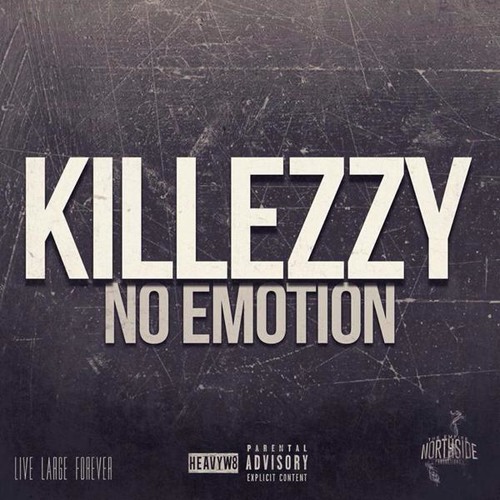
Some studies suggest that alexithymia is higher within people diagnosed with PTSD. That is, they regulate their emotions behaviorally instead of cognitively. Similarly, according to van der Kolk and McFarlane (1996), when individuals go through psychological trauma and experience emotional overload, they may resort to developing compensatory, non-verbal strategies such as excessive drinking to manage their emotional experience or general feeling of numbness. Experiencing traumatic events in general can contribute to individuals using strategies such as avoidance and numbness of feelings as means to bypass uncomfortable emotional experiences (which could become a risk factor for alexithymia and/or PTSD). In other words, trauma may impact the individual’s capacity to identify, understand, and express their feelings. physical abuse, neglect, etc.) can impact the development of cognitive and emotional processing. For the purpose of this blog post, we will focus on alexithymia in people who have experienced traumatic events (as studies show that trauma is one of the most important risk factors for developing the trait).Īccording to research, experiencing traumatic events in childhood/early life (e.g. neurodevelopmental conditions or injuries) or mental health conditions (e.g. Alexithymia can be experienced in the context of another medical (e.g. The way alexithymia is expressed can vary from one person to anotherĪlexithymia and PTSD. On the contrary, people with apathy do not experience the aforementioned emotional and physiological responsiveness. It is important to note that alexithymia is different from apathy which is defined as the “lack of feeling or emotion,” or “lack of interest or concern.” Although people with alexithymia may appear unresponsive, they do experience emotions and associated physiological changes.

Difficulty with self-assessment and introspection.Difficulty discriminating between body sensations of arousal and emotions.

Difficulty identifying social cues (changes in body language or emotions in others).Difficulty understanding how others feel (being empathic).Difficulty expressing feelings (in terms of verbal or bodily expression).“I don’t know what I’m feeling ” “I don’t have words to describe what I’m feeling”) What does alexithymia look like?ĭiving deeper into understanding this concept, here are further characteristics of alexithymia: Research suggests that approximately 10 % of the general population shows clinically significant alexithymia (meaning that it interferes with functioning in at least two areas of life e.g. Alexithymia is generally described as a personality trait/characteristic and it is not classified as a mental health disorder.


 0 kommentar(er)
0 kommentar(er)
